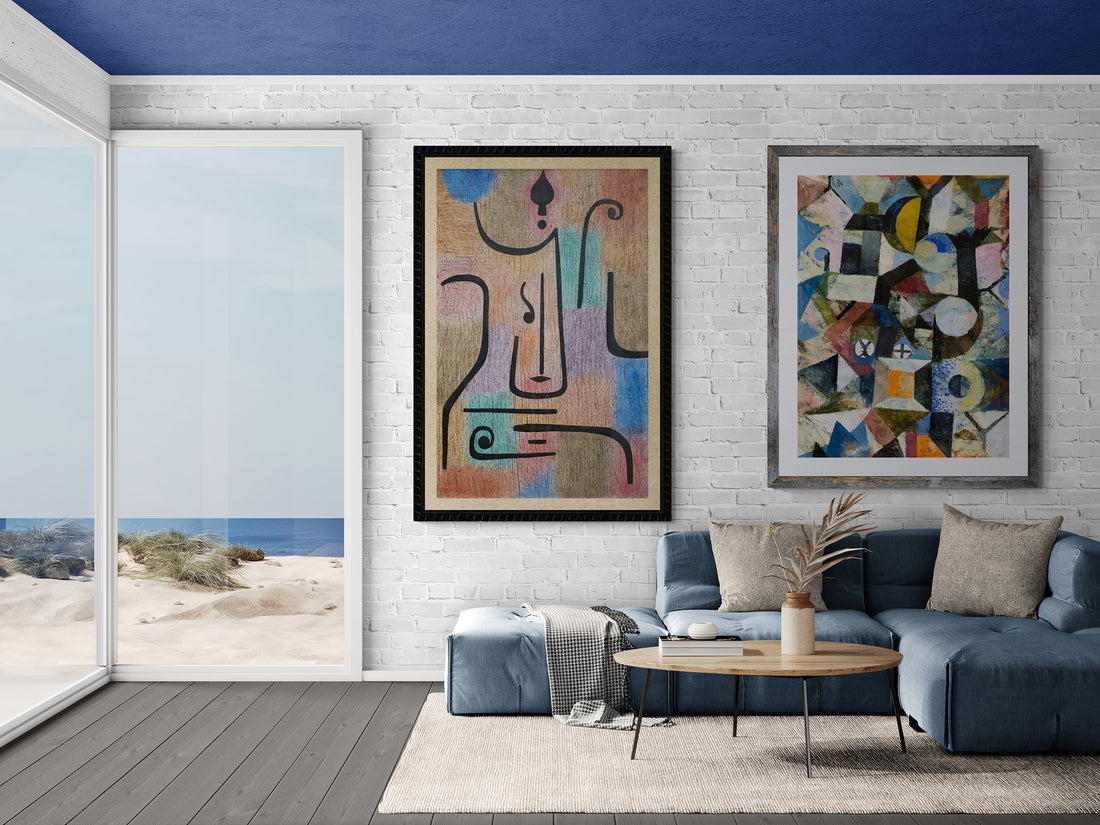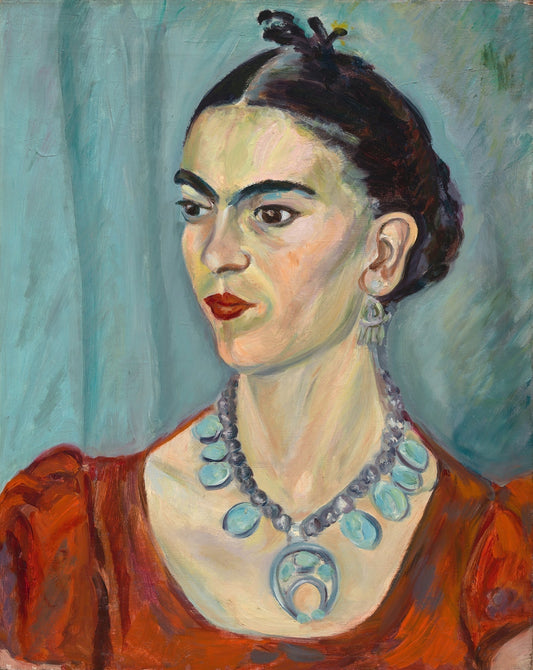
Art and Emotional Well-Being: How Art Impacts Your Mood
Share
From music that uplifts the soul to sculptures that captivate our sense of touch, art in all its forms influences our emotional and mental well-being. Paintings may calm or inspire, but music can energize, soothe, or transport us to cherished memories. Sculptures and tactile art forms bring another dimension to emotional connection, allowing physical interaction that deepens personal engagement.
Engaging with art—whether admiring it, creating it, or surrounding yourself with it—has been shown to release endorphins, reduce stress, and enhance a sense of calm. These experiences offer sensory relief, promote emotional balance, and create opportunities for deeper connection to creativity. Imagine starting your day with a serene painting that radiates tranquility or ending a stressful evening listening to soothing music. The interplay of colors, forms, and sounds can transport us to a meditative state, where worries melt away and emotions find harmony.
Different art movements evoke specific emotions, making them powerful tools for personal expression and connection. Impressionist works with their soft brushstrokes, such as Claude Monet's Water Lilies series, often inspire peace, while Surrealist imagery like Salvador Dalí's The Persistence of Memory sparks curiosity and wonder. Incorporating calming art into bedrooms—like serene landscapes such as Dankvart Dreyer's View of Vejle Fjord or abstract pieces in muted tones—can create a sanctuary of rest and relaxation. Additionally, incorporating art into office spaces can boost focus and creativity. Pieces with vibrant colors or dynamic compositions—such as Kandinsky's Composition VII, Einige Spitzen, or Heavy Red—can energize a workspace, while serene abstracts, such as Agnes Martin's Untitled #10, can help maintain a calm and balanced atmosphere.

Art therapy also plays a key role in emotional well-being, using creative expression to process complex feelings and promote self-awareness. Whether painting, drawing, or sculpting, engaging with art in therapeutic settings or at home can provide healing and reflection.
Cultural art forms also hold profound emotional significance. Japanese Zen gardens offer serenity, traditional African textiles exude warmth, and indigenous art carries stories of resilience and identity. Exploring cultural art expands our connection to global traditions and their emotional resonance.
Music and dance are equally transformative. Classical music, such as Beethoven’s symphonies, can soothe the mind, while rhythmic jazz or Latin beats can invigorate and energize. Dance, as both a physical and artistic practice, combines movement with self-expression, fostering joy and releasing tension.
Let art be your partner in emotional well-being—a timeless companion in life’s journey. We’d love to hear how you incorporate art into your life. Do you have a favorite painting, song, or creative activity that helps you find balance? Share your story in the comments, and let’s celebrate the transformative power of creativity together


